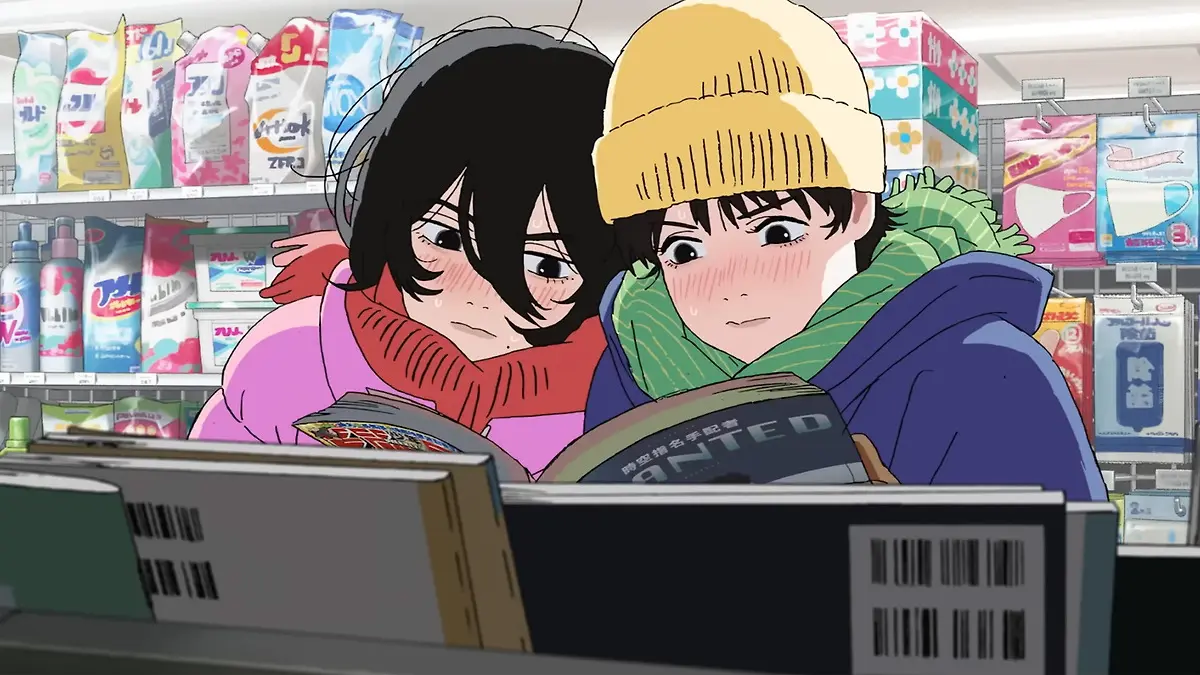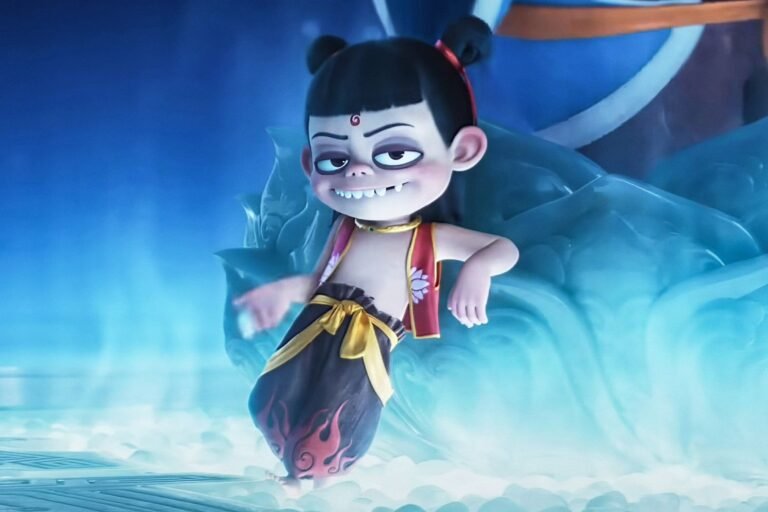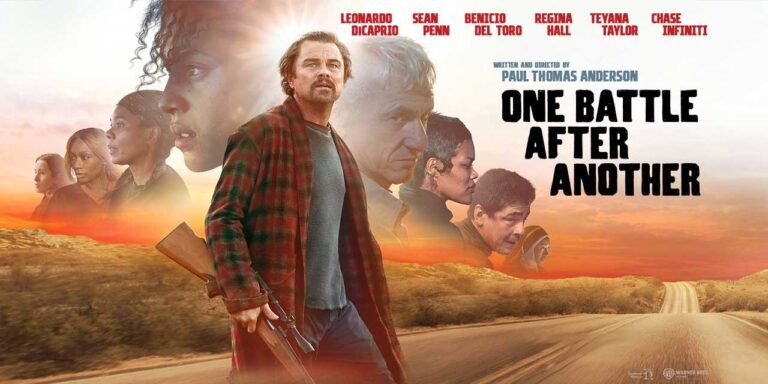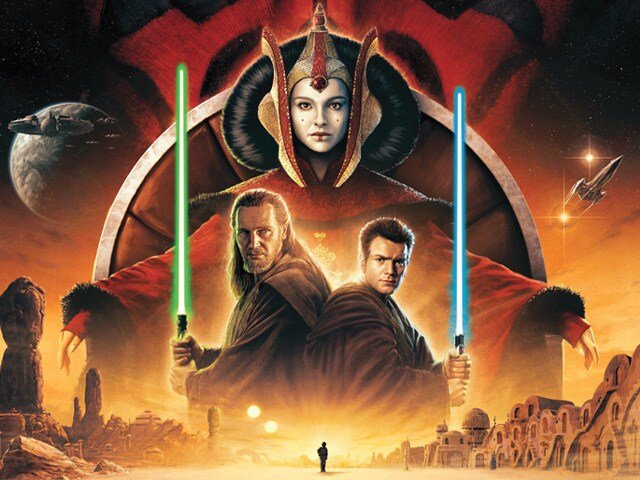
In the ever-evolving landscape of Japanese animation, there are moments when a film transcends the boundaries of the medium, leaving a lasting impression on the viewer. Such is the case with “Look Back,” a captivating short film directed by Kiyotaka Oshiyama and adapted from the one-shot manga by the acclaimed Tatsuki Fujimoto. This cinematic gem, which had a limited theatrical run but has since found a wider audience through its availability on Amazon Prime Video, is a testament to the power of storytelling and the profound connections that can be forged through the art of animation.
The Significance of Runtime in Animated Storytelling
One of the intriguing aspects of “Look Back” is its relatively short runtime, clocking in at less than an hour. In the world of animation, where feature-length productions are often the norm, this decision to keep the film concise is a bold one. As the narrator points out, the industry typically expects animated films to adhere to the “magic” runtime of around 90 minutes. Anything shorter, and studios may request the creative team to add more content, whether it be secondary storylines or post-credits scenes.
However, “Look Back” defies this convention, proving that a powerful narrative can be delivered within a more compact timeframe. The narrator astutely observes that this streamlined approach allows the film to maintain a laser-like focus, immersing the viewer in the story from start to finish without the need for extraneous elements. This deliberate choice speaks to the confidence of the filmmakers, who trust that the emotional impact and thematic depth of the story can captivate the audience without the need for padding or filler.
Connecting with the Unfamiliar: Discovering the Depth of “Look Back”
As the narrator mentions, they were not previously familiar with the work of Tatsuki Fujimoto, the acclaimed mangaka behind the source material for “Look Back.” This lack of prior knowledge, however, did not hinder their appreciation for the film. In fact, it may have enhanced their experience, as they were able to approach the story with a fresh perspective, unencumbered by preconceptions or expectations.
The narrator’s journey of discovery mirrors that of many viewers who may stumble upon “Look Back” without any prior exposure to Fujimoto’s acclaimed works, such as “Chainsaw Man” and “Fire Punch.” This openness to the unfamiliar allows the film to truly shine, as the narrator’s emotional investment in the characters and their journey is not tainted by any preconceived notions. Instead, they are able to fully immerse themselves in the narrative, allowing the film’s themes and messages to resonate on a deeper level.
The Profound Connection Between the Characters
At the heart of “Look Back” are the two protagonists, Fujino and Kyoto, who represent vastly different approaches to the art of animation and manga creation. Fujino, the confident and ambitious artist, is driven by a desire to excel and make a name for herself in the industry. In contrast, Kyoto is a more introverted and socially anxious individual, whose natural talent and passion for drawing serve as a form of personal therapy.
The narrator astutely observes that the film’s narrative is centered around the profound connection that develops between these two young artists, despite their initial rivalry and contrasting personalities. As they navigate the challenges and triumphs of their creative pursuits, they learn from one another, forming a deep bond that transcends the boundaries of their professional relationship.
This exploration of the interplay between personal fulfillment and professional ambition is a key theme in “Look Back.” The film poses thought-provoking questions about the nature of creativity and the sacrifices that artists may face in pursuit of their dreams. Through the lens of Fujino and Kyoto’s relationship, the film invites the viewer to reflect on their own paths, the choices they have made, and the impact those decisions have had on their lives.
The Emotional Impact of “Look Back”
One of the most striking aspects of “Look Back” is its ability to evoke a profound emotional response from the viewer. As the narrator attests, the film delivers a “powerful emotional punch,” leaving them deeply moved and invested in the characters’ journeys.
The film’s minimalist approach to dialogue, coupled with its masterful use of visual storytelling, allows the viewer to become fully immersed in the characters’ experiences. The narrator highlights how the film’s ability to convey complex emotions without relying on extensive verbal exchanges is a testament to the power of the medium. By allowing the characters’ actions, expressions, and the visual language of the animation to take center stage, “Look Back” creates a deeply personal and impactful connection with the audience.
The film’s exploration of themes such as regret, missed opportunities, and the bittersweet nature of memory further contribute to its emotional resonance. The narrator’s own reflections on the “what-ifs” and the impact of past decisions mirror the introspective journey undertaken by the characters, creating a profound sense of empathy and identification.
The Artistry of “Look Back”
Alongside its emotional depth, “Look Back” is a visual feast, showcasing the exceptional artistry of the animation team. The narrator praises the film’s attention to detail, the vibrant color palette, and the seamless integration of hand-drawn and digital animation techniques.
The film’s depiction of the characters’ creative processes, with their expressive and dynamic drawing styles, is particularly noteworthy. The narrator highlights how these artistic representations become a means of self-expression and a reflection of the characters’ inner worlds.
The film’s minimalist yet impactful soundtrack further enhances the emotional impact, with a delicate melody that becomes a signature of the “Look Back” experience.
The narrator’s observation about the film’s “fortíssima” dramatic moments, which leave a lasting impression, underscores the technical mastery and storytelling prowess of the filmmakers.
Through its visual artistry and attention to detail, “Look Back” elevates the medium of animation, demonstrating the medium’s ability to convey complex emotions and profound themes with a level of nuance and subtlety that can be truly captivating.
The Broader Implications: “Look Back” as a Commentary on the Animation Industry
Beyond its personal and emotional resonance, “Look Back” also serves as a commentary on the animation industry, both in Japan and globally. The narrator astutely observes that the film’s exploration of the creative process and the challenges faced by animators and manga artists is a reflection of the shared experiences and anxieties of professionals in this field, regardless of their geographic location.
The film’s juxtaposition of Fujino’s ambitious drive for success and Kyoto’s more introspective approach to their craft serves as a metaphor for the diverse motivations and perspectives that exist within the animation community. The narrator’s insight that the film poses the question of whether one can truly find fulfillment in their work, even in the face of external pressures and expectations, resonates as a universal concern for creative professionals.
By delving into these industry-specific themes, “Look Back” transcends the boundaries of a simple character-driven narrative and becomes a thought-provoking exploration of the creative process and the personal sacrifices that artists may face in pursuit of their dreams. This broader commentary adds an additional layer of depth to the film, making it a compelling and insightful work that speaks to the experiences of a wider audience.
Celebrating the Accessibility and Impact of “Look Back”
One of the most encouraging aspects of “Look Back” is its relatively swift and widespread distribution, particularly in comparison to other recent Japanese animated productions. As the narrator points out, the film’s availability on Amazon Prime Video is a positive development, as it allows for a more immediate and accessible viewing experience for audiences, rather than the typical year-long delay between theatrical release and digital distribution.
This accessibility is crucial in ensuring that films like “Look Back” can reach a wider audience and garner the recognition they deserve. The narrator’s own experience of discovering the film through a subscriber’s recommendation underscores the importance of such platforms in exposing viewers to exceptional, yet lesser-known, animated works.
Furthermore, the narrator’s enthusiastic recommendation of “Look Back” as a “very positive highlight of 2024” speaks to the film’s lasting impact and the desire to share this cinematic gem with others. By actively promoting the film and its availability on streaming platforms, the narrator contributes to the ongoing conversation around “Look Back” and helps to ensure that its powerful message and artistry continue to resonate with audiences.
The Enduring Legacy of “Look Back”
In the ever-evolving landscape of Japanese animation, “Look Back” stands as a shining example of the medium’s ability to captivate, challenge, and profoundly impact its viewers. Through its masterful storytelling, exceptional artistry, and thought-provoking exploration of the creative process, this short film has left an indelible mark on the narrator and, undoubtedly, countless others who have had the privilege of experiencing its emotional power.
As the narrator eloquently states, “Look Back” is a production that “deserves great recognition,” a sentiment that is echoed in the film’s critical acclaim and growing popularity. By sharing their personal insights and enthusiasm for this cinematic gem, the narrator not only celebrates the film’s artistic merits but also encourages others to discover the depth and beauty that “Look Back” has to offer.
In the end, “Look Back” serves as a testament to the transformative power of animation, reminding us that within the confines of a single hour, a film can leave an indelible impression, sparking deep reflection and a profound emotional connection. It is a work of art that will undoubtedly continue to captivate and inspire audiences for years to come.



